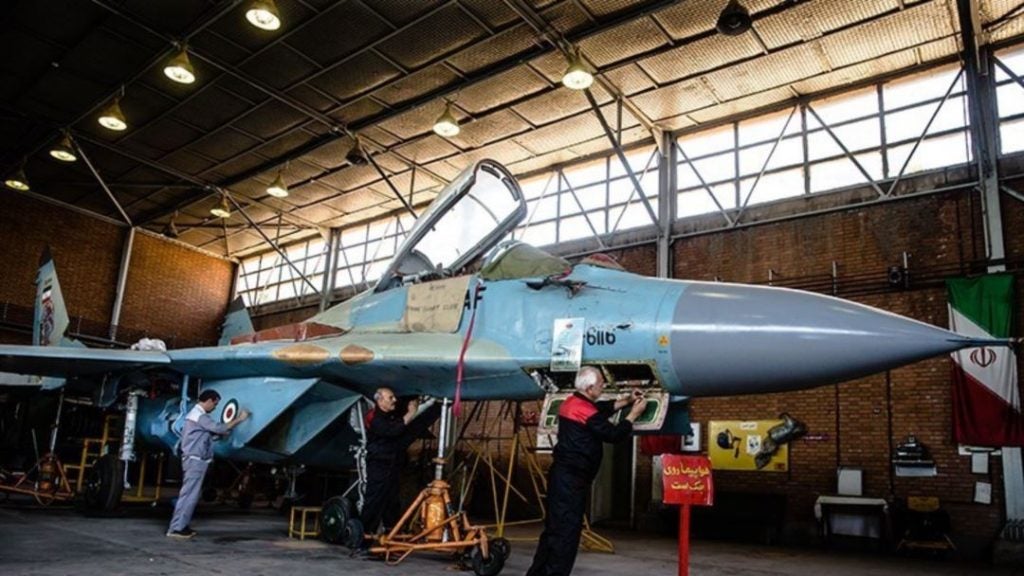Iranian MiG-29 Destroyed in Crash
Iranian state media reported on the 25 December that a MiG-29 (NATO reporting name Fulcrum) of the Islamic Republic of Iran Air Force had crashed near Mount Sabalan, in the northwestern Ardabil Province. The MiG-29 was on a test flight following its recent overhaul. According to the government-linked Fars news agency, the crash was believed to have happened at 11:00 AM local time.
Following the crash, a search and rescue operation was mounted. The operation was hampered by heavy snowfall around the crash site, which made some areas inaccessible. The Iranian Army reported on 28 December that it had found the wreckage of the aircraft, as well as the remains of the pilot, identified as Colonel Mohammad Reza Rahmani. According to the Iranian Army, Colonel Mohammad was one of the IRIAF’s most experienced MiG-29 pilots.
Prior to the crash, the IRIAF was believed to have had around 20 operational MiG-29s. Iran first acquired MiG-29s in 1990, and took over 5 Iraqi Air Force MiG-29s that fled to Iran during the 1991 Gulf War. The supply of Russian MiG-29 spare parts to Iran ceased following the imposition of an arms embargo on Iran in 2007, forcing Iran to source spare parts for its MiG-29 fleet on the black market or through cannibalization of inoperable airframes.
Iran has pursued development of an indigenous defense industry since the Iran-Iraq War, as a result of sanctions preventing procurement of foreign military hardware. The Iranian military aerospace industry is best known for keeping the IRIAF’s fleet of pre-revolution F-14A Tomcats flying, as well as reverse engineered derivatives of aircraft and rotorcraft procured before the Revolution, such as the Toufan attack helicopter (based on the AH-1J Cobra) and the Iran Aircraft Manufacturing Industrial Company (HESA)’s derivatives of the Northrop F-5, such as the Kowsar, Azarakhsh and Saeqeh.
HESA was also behind the infamous Qaher-313, a purported “stealth fighter” that has not been seen flying under its own power to date. This crash and the crash of an F-4E Phantom II in August, however, bring the limitations of the Iranian aerospace industry into stark relief.
With the reimposition of international sanctions following the collapse of the JCPOA (commonly referred to as the “Iran nuclear deal”) coupled with rising costs of involvement in Syria and Yemen, Iran is facing its worst economic crisis in years, with President Hassan Rouhani describing the situation as the worst it has ever been in 40 years. With funding for conventional forces dwindling, Iran has turned to comparatively cheap to manufacture unmanned drones, as well as providing its proxies with advanced Iranian weaponry and IRGC advisors.

